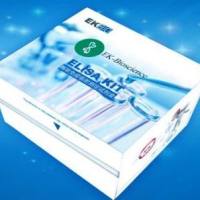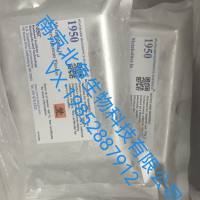Radioimmunohistochemistry: Quantitative Analysis of Cell Surface Receptors in Frozen Sections
互联网
互联网
相关产品推荐

Hemagglutinin/HA重组蛋白|Recombinant H1N1 (A/California/04/2009) HA-specific B cell probe (His Tag)
¥2570

大鼠 PPAR-α (Peroxisome Prolife大鼠ors Activator Receptors alpha) ELISAKit
¥960

TACSTD2/TACSTD2蛋白Recombinant Human Tumor-associated calcium signal transducer 2 (TACSTD2)重组蛋白Cell surface glycoprotein Trop-2 (Membrane component chromosome 1 surface marker 1) (Pancreatic carcinoma marker protein GA733-1)蛋白
¥1368

人血浆中代谢物;Metabolites in Frozen Human Plasma
¥650

Cell Cycle Analysis Kit (with RNase)(BA00205)-50T/100T
¥300
相关问答

